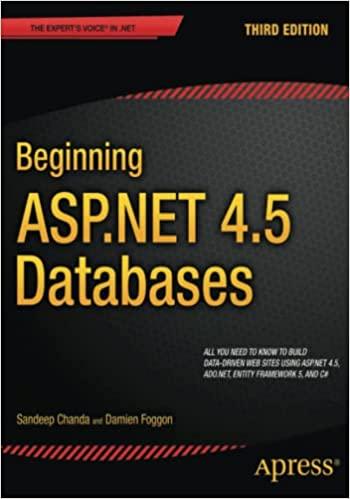In Java, Thank you!!!
There are tasks:

Must be based on the following goose part code:
task1:

task2:

task3:

Task 1 (30 points). Complete the "bubbleSort(float[] a)" method so that it sorts the specified array "a" using the bubble sort algorithm. First, for a certain time limit that you choose (e.g., 15 minutes), try to implement the "bubbleSort(int[] a)" method based only on your understanding of the algorithm. Please understand that, during each pass, bubble sort examines certain pairs of adjacent elements and swaps two such adjacent elements if they are not in order. Once you finish (or after the time limit), compare your implementation with the Java code in the slides. It is fine to use the code (but some slight changes will be needed). Task 2 (30 points). Complete the "selectionSort(float[] a)" method so that it sorts the specified array "a" using the selection sort algorithm. For a certain time limit that you choose (e.g., 15 minutes), try to implement the "selectionSort(float[] a)" method based only on your understanding of the algorithm. Please understand that, during each pass, selection sort finds the largest element within a certain portion in "a" and then swaps that element with the last element within that portion in "a". Once you finish (or after the time limit), compare your implementation with the Java code in the slides. You can use the code from the slides (but some slight changes may be needed). Task 3 (40 points). Complete the "quickSort(float[] a)" method so that it sorts the specified array "a" using the quicksort algorithm. For a certain time limit that you choose (e.g., 15 minutes), try to implement the method based only on your understanding of the algorithm. You can use the code from the slides (but some slight changes may be needed). public static void bubblesort(float [] a) \{ System.out.println(Arrays.tostring(a)); for (int last = a.length - 1; last >=1; last--) \{ // ToD0: add some code here \} System.out.println(Arrays.toString(a)); public static void selectionSort (float[] a) \{ System.out.println(Arrays.toString(a)); for (int last = a.length 1; last >=1; last--) // ToD0: add some code here \} System.out.println(Arrays.toString(a)); public static void quickSort(float [] a) \{ System.out.println(Arrays.toString(a)); for (int index =1; index 1; index++) \{ // TODO: add some code here System.out.println(Arrays.toString(a))










